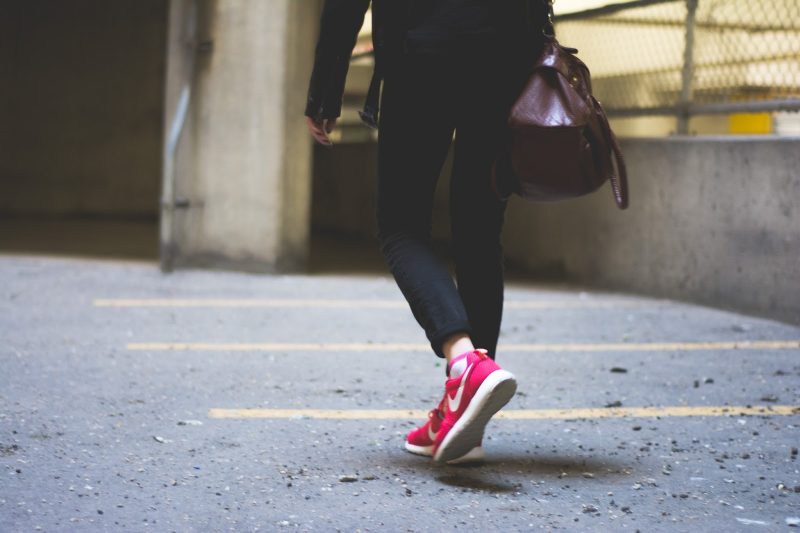by Susan Biali Haas M.D.
Stanford research demonstrates how a walk profoundly impacts your creativity.
Tchaikovsky took a walk every morning, before sitting down to work on his music. Einstein walked on the beach when he needed to work out complex problems. Steve Jobs preferred to conduct meetings while walking.
These and many more of the greatest minds in history made walking a key part of the fabric of their lives and work. In 2014, a study out of Stanford produced some truly wonderful results that may help to explain why. Their findings support the role of walking as a path to brilliant ideas and prodigious creativity.
What they found:
1) Walking is far more powerful than sitting for generating creative ideas
Subjects tested indoors faced a blank wall while either sitting or walking on a treadmill. Alternatively, some went outside— either walking in the fresh air or being pushed along the same path in a wheelchair.
The researchers found that creative output increased by 60% on average when walking compared to sitting. They defined creative output by testing “divergent thinking”, or the ability to come up with a variety of creative ideas by exploring different possible solutions.
2) You don’t need to take a long walk to boost creativity
Many of history’s greatest thinkers and authors were known for their long daily walks, some walking for hours at a time. You don’t need to go to these lengths to benefit from a creativity boost: the study found impacts on creativity from short walks ranging from 5-16 minutes.
3) The creative impact of walking goes beyond the walk itself
People were more creative both during a walk and afterward, while sitting down after the walk. So, if you (like me) are the kind of person who likes to sit down at a desk to write or brainstorm, you can prime your creativity by going for a short walk first.
4) Walking indoors worked just as well as outdoors
The creative benefits from walking were demonstrated both while walking outside and while on the treadmill facing a blank wall. So, if you’re not able to get outside for a walk while at work but want to generate some creative ideas, you could pace the hallways or go for a brief walk on a treadmill (if your company has a gym) to get your creative juices flowing.
5) You don’t have to work up a sweat to get these benefits
Cardiovascular exercise is well known for stimulating the brain. It decreases stress, improves memory, improves focus and concentration…the list of benefits is long. This study, however, looked at “non-aerobic” walking. It seems that a nice stroll is all your brain needs to get more creative.
In the words of the study authors, “walking opens up the free flow of ideas”.
This is one of the most delightful pieces of research I’ve ever seen.
So, he next time you feel stuck, or have a problem you can’t solve, pick yourself up and go for a short walk. Then sit down and have another go at the problem.
At the very least, you’ll have stretched your legs and taken a refreshing, short break.
As a bonus, you’re significantly more likely to produce creative, novel solutions to whatever it is you’re trying to solve.
Also, you could make it a practice to go for a walk with a colleague, a friendor your spouse any time there’s a problem to be worked through. In addition to the sheer pleasure of going for a walk with another person, you’ll probably be able to generate more creative solutions together than if you’d just sat down over a coffee.
Copyright 2019 Dr. Susan Biali Haas
References
Opezzo, M., & Schwartz D.L.(2014). Give your ideas some legs: The positive effect of walking on creative thinking. Journal of Experimental Psychology: Learning, Memory and Cognition. 40 (4):1142-52.




